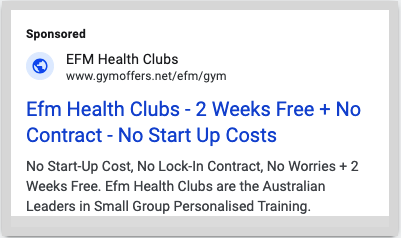When I speak to a business owner looking to run a marketing campaign, they generally know what they sell, for how much and in most cases what it costs to service/provide their offer or product.
The one question that stumps 90% of small business owners is “What is your acquisition cost?”
Sometimes I think the phone has disconnected due to the silence, other times I just hear “uhhhhhh”.
To make it simple for them I say to them:
“If you and I were in a room together and I said I have 100 clients waiting at the door with their credit cards ready, what would you pay to let each one through the door?”
The light bulb then goes off in their head, however many still don’t know that answer.
I then introduce them to my Marketing R.O.I Calculator to find out (see graphic below)
You’ll see on the graphic above, it all starts with what your average sale is & is it a recurring sale or a single sale?
If it’s a recurring sale, your allowance to acquire a new customer can generally be higher as you will make additional sales in months 2,3,4 etc.
The next step is to ask what your average profit is on a sale.
Then, to get a new customer, how many leads do you need? (How many interested people do you need to pitch your offer to convert into a paid sale)
Then from your marketing efforts, what is a lead costing you?
If you sell a product for $1,000 and profit $500, but you need 5 leads to sell that product and leads are costing you $30 per lead, your cost to acquire a new customer is $150 (5 leads at $30 per lead)
So, let’s go back to that imaginary room you and I were sitting in before, with 100 people waiting at the door and ask yourself.
If I make $500 profit from each sale and I can acquire a new customer for $150, how many times can I do that?
As many times as you can!
SO NOW YOU KNOW YOUR NUMBERS, HOW DO YOU GET THE LEADS?
At LBD Marketing, we’ve helped thousands of businesses (big and small) generate high quality leads through Facebook & Instagram advertising.
We’d like to offer you the chance to chat with us for FREE!
Simply schedule a time in the panel below to see how we can help.
















